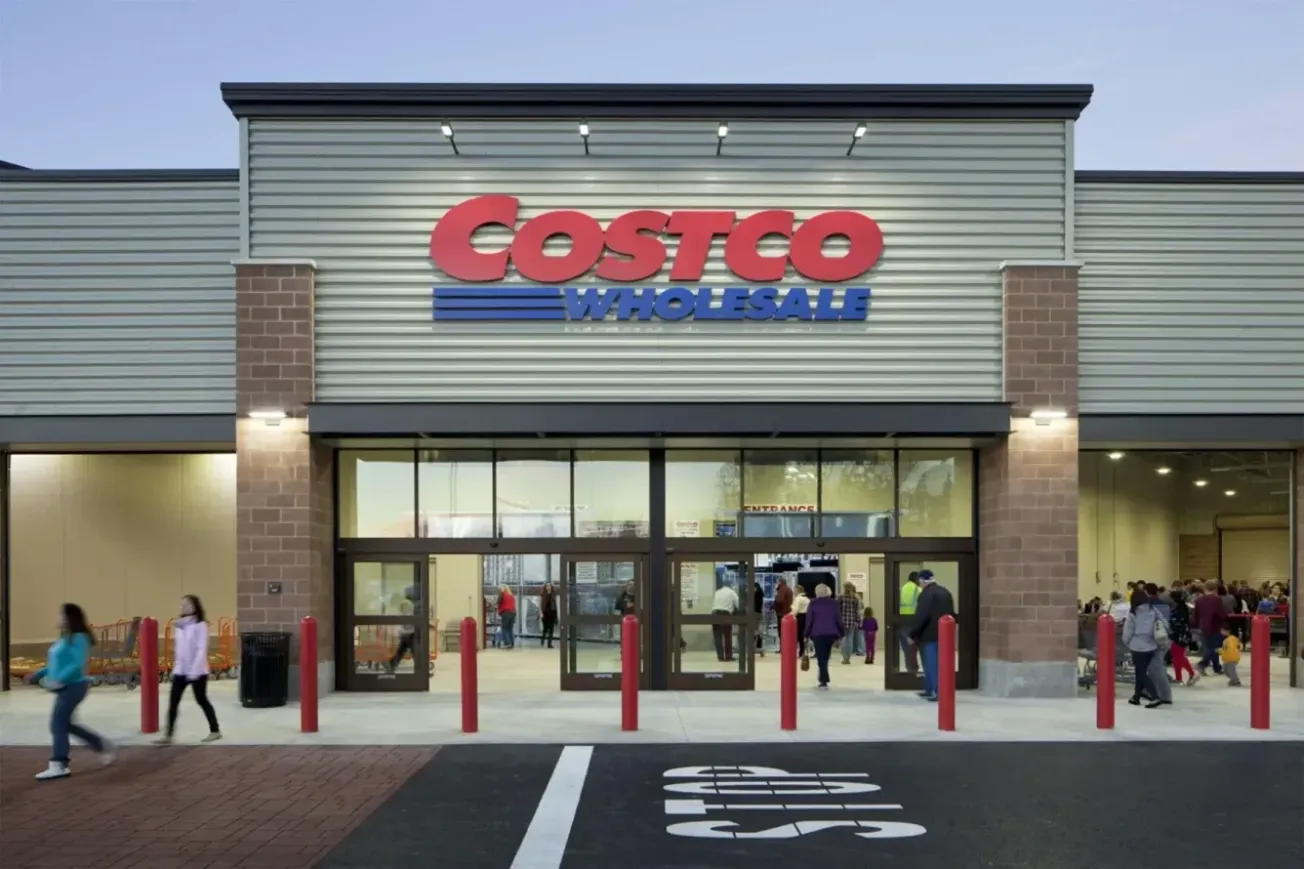SACRAMENTO, Calif. — California has implemented new laws to address the rising issue of retail theft, signaling a shift in the state's approach to shoplifting and organized retail crime. Effective January 1, 2025, these laws aim to curb rampant theft that has burdened retailers and communities across the state while balancing enforcement with opportunities for rehabilitation.
“California’s new laws tackle today’s biggest emerging challenges head-on. Through partnership with the Legislature, we’re strengthening public safety, building more housing, and providing more resources for our communities. These practical reforms protect what matters most while creating more opportunities for all Californians,” said Governor Gavin Newsom in a statement.
A key new measure is Assembly Bill 2943, which extends the probation period for individuals convicted of shoplifting and petty theft. Previously, probation for these crimes was limited to one year, but the new legislation allows for two years. This change is designed to provide a longer window for monitoring offenders and ensuring compliance with the law. For young offenders under 25, the law includes provisions for referral to rehabilitative programs, emphasizing a restorative justice approach.
Another critical aspect of the legislation is the expanded authority for law enforcement officers to arrest individuals suspected of shoplifting. Under the new rules, officers can make arrests based on probable cause, even if the crime was not committed in their immediate presence. This provision addresses challenges in apprehending suspects involved in organized retail theft rings, which often operate with sophisticated tactics to avoid detection.
The laws also address the issue of aggregated theft values. Previously, thieves could exploit loopholes by keeping individual theft amounts below certain thresholds to avoid harsher penalties. The new regulations allow prosecutors to combine the value of stolen goods over multiple incidents, making it easier to charge individuals with felony offenses when their cumulative theft exceeds a specified amount.
Retailers across California have welcomed these changes, citing the devastating impact of theft on their businesses and employees. However, some advocacy groups have expressed concerns about the potential for disproportionate enforcement and the risk of criminalizing poverty.







